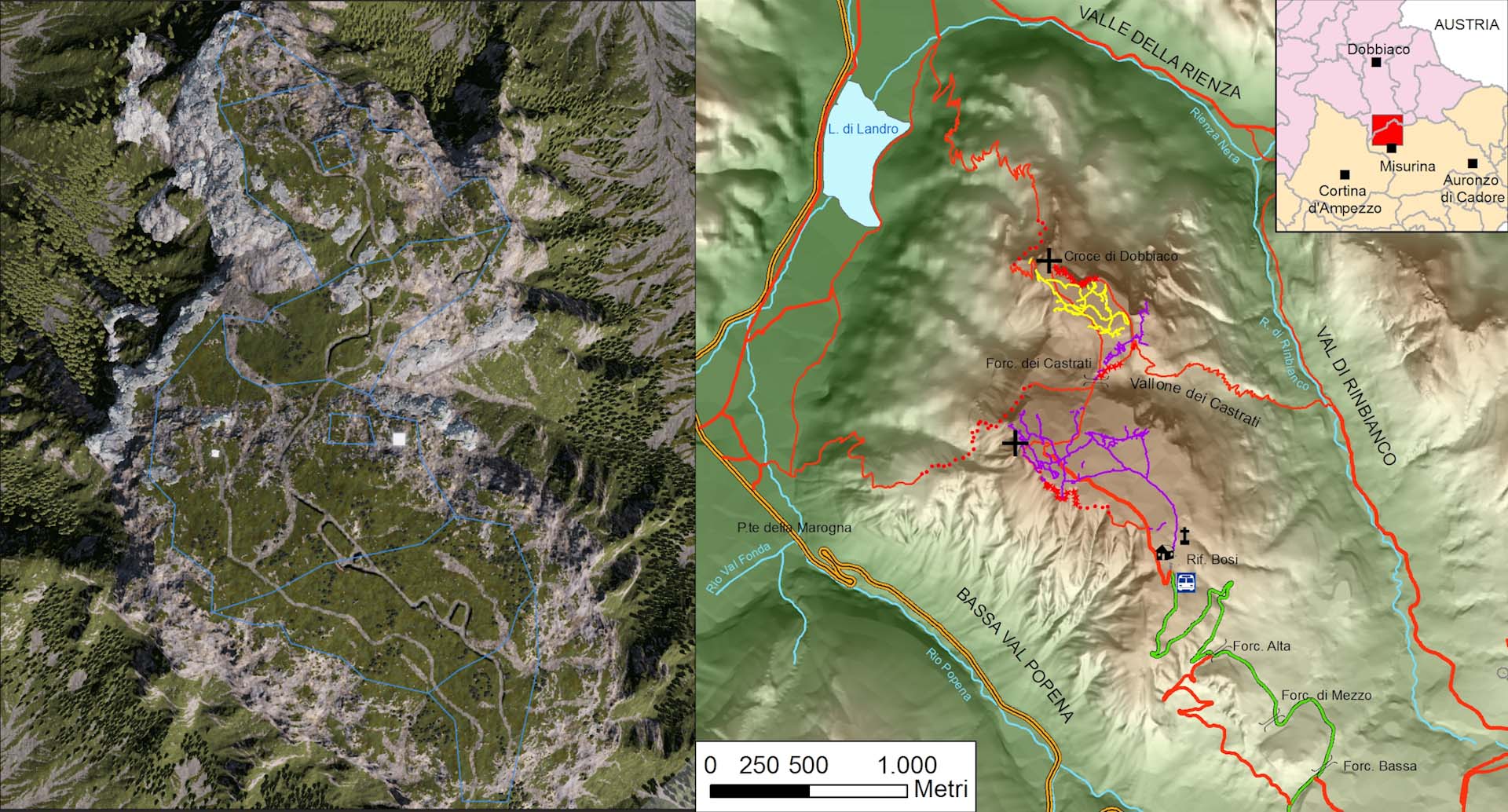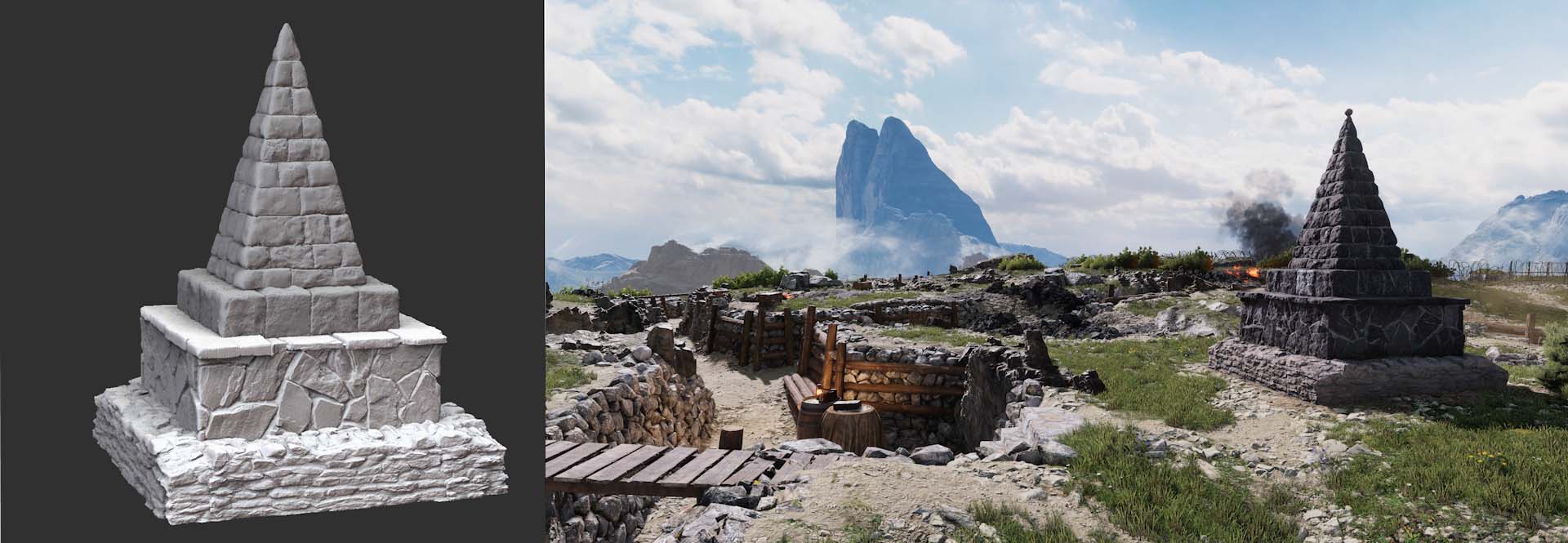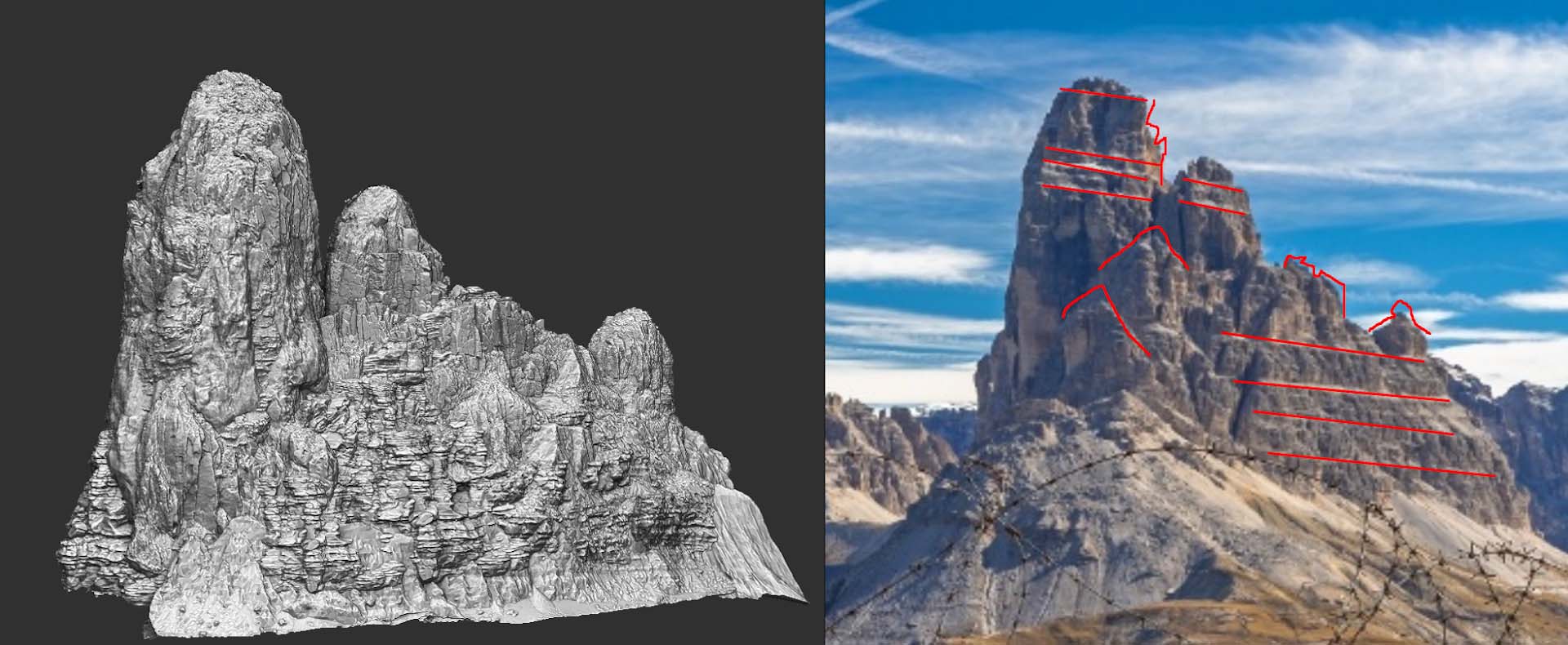We just launched a new free Piana Expansion map for our WW1 FPS Isonzo! Plus we’re giving out our first hint about our signature event for Isonzo… the White War is coming! Battles at thousands of metres above sea level. Soldiers on these towering peaks faced some of the most brutal conditions of the war. An American journalist in 1917 wrote: “On no front, not on the sun-scorched plains of Mesopotamia, nor in the frozen Mazurian marshes, nor in the blood-soaked mud of Flanders, does the fighting man lead so arduous an existence as up here on the roof of the world.”
As you have to stay patient just a few more months for that signature event (Verdun has Christmas Truce events, while Tannenberg has the Wolf Truce), we’ve launched a free update including the new Monte Piana map and it’s available to all players today! It arrives alongside a major sale for Isonzo itself. Check out our release trailer at the top of the post, which also celebrates a year of free content updates.
The Piana expansion follows our free release of the Grappa map in early summer, which completed the three map Caporetto Offensive – all of which feature in our celebration trailer. Offensives are series’ of battles where each side can make things easier or harder for themselves in the final battle that determines who wins the Offensive. Monte Piana is a 2,324 metre peak which saw heavy fighting between 1915 and 1917. In real life thousands of Austro-Hungarian and Italian soldiers died without there being any meaningful change in the position of either side. Things might go differently on our recreation of this high-altitude combat zone. But how do you go about making a historically authentic map of a First World War Italian battlefield?
Learning from History
Every map starts with… maps. Usually a combination of maps used during the war itself, historical diagrams explaining the battle, and more modern photographs or satellite images. You can see this below, where a work-in-progress basic layout of the Monte Piana map is being compared with a reference diagram.

We have two goals in mind with every step of the production process. First we ask, is the map recognizable compared to the real place? Second, we ask if the location saw significant fighting. However it’s equally important that the map is fun to play! Balancing these two aspects is something our team has gotten very good at over the years. We’re not aiming for a perfect 1:1 replica – although we’re close – but something which has the spirit and atmosphere of the real location. You’ll see visual references in this post, but reading accounts from soldiers who fought tells us what they considered important and what stuck in their minds. This was taken into account when deciding what can be adjusted for gameplay purposes and what should stay true to the sources. We actually visited the location ourselves as well!
Photographs are the bread and butter of our sources! You can see below how a historic scene is adapted into a place suitable for actual gameplay. Especially when working with harsh mountain terrain it’s sometimes necessary to expand the traversable area to give players more space to manoeuvre, and you want important routes (e.g. the stairways) to stand out enough at a glance for when players are still learning the map.

Landmarks are very important to authentically recreate a location. For Piana, one such landmark is the Carducci Pyramid monument on the summit of Monte Piana, dedicated to the famous Italian poet Giosuè Carducci. For special pieces like this we create custom 3D models. As an indie team we have to be smart and efficient about producing assets which can be used in a wide variety of situations, but when it comes to historically notable elements like bridges, monuments or influential terrain features it’s worth taking the time for one-off models. Below you can see a work-in-progress render of the Carducci Pyramid (a small pyramid dedicated to the famous italian poet Giosuè Carducci, who was the first Italian to receive the Nobel Prize for literature) and then how it looks in-game with lighting and texture!

And what would these mountain battlefields be without a suitably glorious vista for a backdrop? They might not have any direct gameplay effect, but in establishing the proper sense of place it’s vital to have the right background scenery. For instance, below you can see a work-in-progress scenery mountain model along with some suggested edits (don’t worry, there is also a clear text explanation to go along with the red lines!).

These background mountains are based on the real views from the battlefields we’ve recreated. It’s our opinion that capturing the feeling that real soldiers would have had in these extraordinary places cannot be done using only generic or made up mountains and other background details. That’s why we go the extra mile in getting the scenery right. In some maps you can even see distant mountains that you fight over in other maps!

